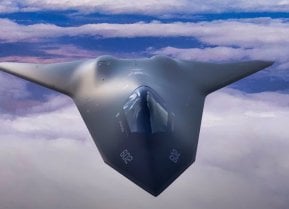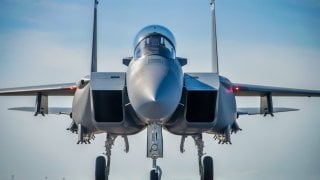Ranked: The U.S. Air Force’s 5 Best Warplanes in 2024
Equipped with arguably the most dominant platforms to ever fly the skies, the U.S. Air Force is ready for whatever conflict might arise.
Summary and Key Points: The U.S. Air Force boasts some of the most advanced aircraft in the world, prepared for any conflict.
-The top platforms include the F-35A Lightning II, known for its advanced technology and versatility; the F-22 Raptor, prized for its stealth and speed; the A-10 Thunderbolt II, renowned for close-air support; the F-16 Fighting Falcon, valued for its combat radius and armament capacity; and the F-15 Eagle, a long-serving air superiority fighter with modern updates in the F-15EX II variant.
-These aircraft represent the pinnacle of aerial combat capabilities, ensuring the Air Force's dominance in the skies.
The Air Force's 5 Best Fighter Planes Right Now
Equipped with arguably the most dominant platforms to ever fly the skies, the U.S. Air Force is ready for whatever conflict might arise.
Below are the service’s top airframes:
F-35A Lightning II
As the U.S. Air Force’s most modern fifth-generation fighter to fly the skies, the F-35A Lightning II is widely considered to be the service’s dominant aircraft today. The Lockheed Martin-built jet is an unstoppable platform, capable of carrying out a host of intelligence, electronic warfare, surveillance, and reconnaissance capabilities.
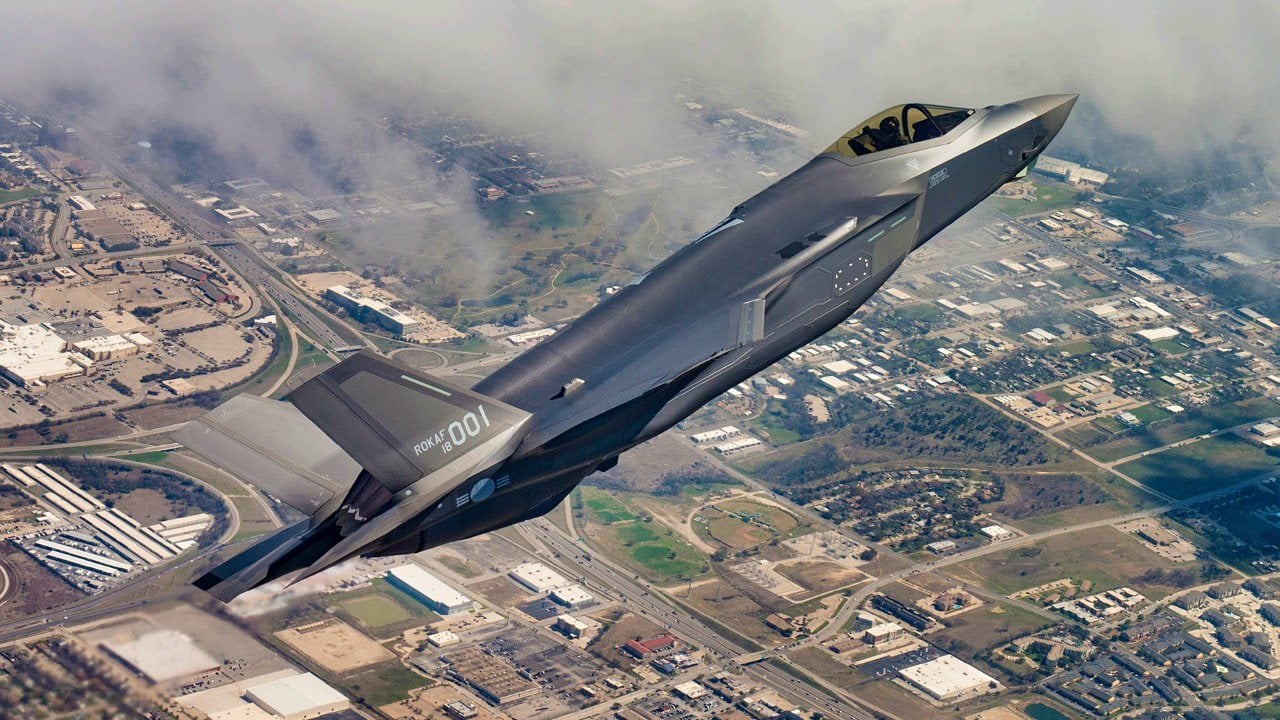
Equipped with the Pratt & Whitney F135 engine, the Lightning II can reach a top speed of Mach 1.6 in the air. Additionally, the fighter is fitted with advanced avionics, sensors, and countermeasures which enables the jet to quickly identify threats. Most importantly, the platform’s onboard digital infrastructure and data link connectivity will allow it to incorporate future technologies as they emerge.
F-22 Raptor
While the F-22 Raptor may be the oldest fifth-generation fighter to fly for the Air Force, the unparalleled fighter features specs not even outmatched by its F-35 successor.
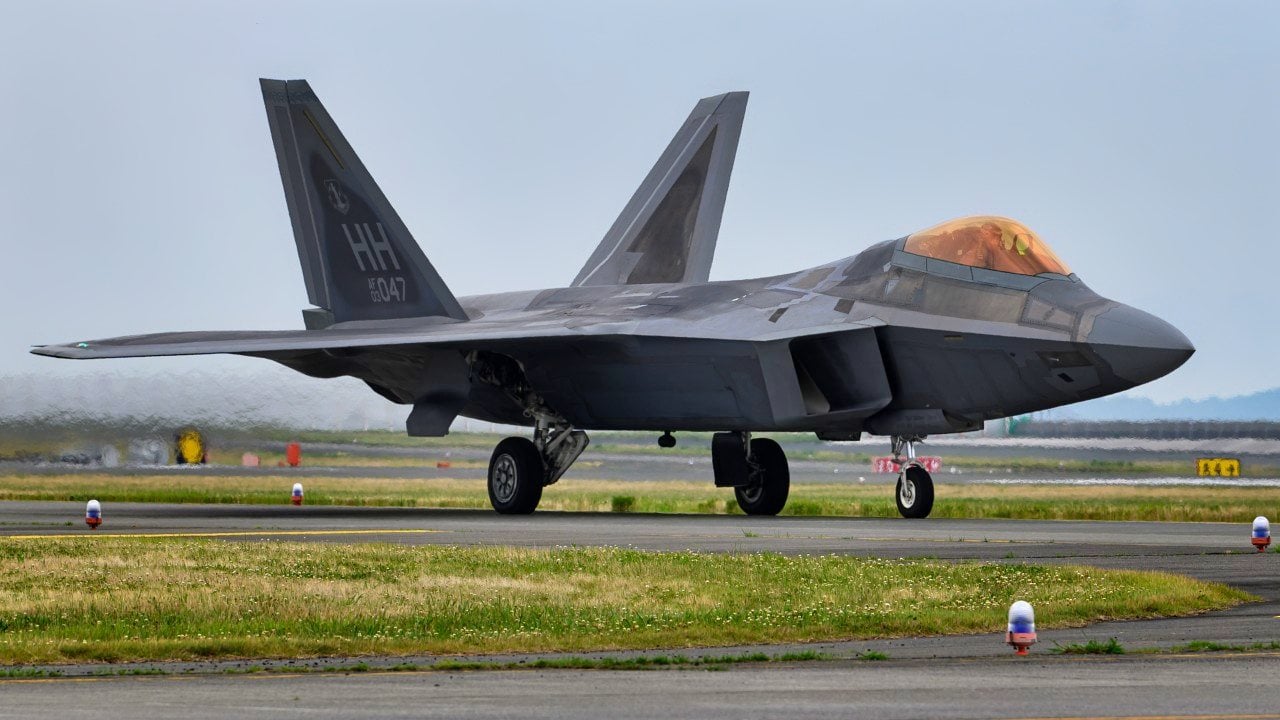
In fact, the F-22 possesses an even smaller radar-cross section than the Lightning II, which makes it even more difficult for enemy aircraft to detect. Additionally, the Raptor is faster than the Lightning II, able to reach speeds in excess of Mach 2.2 powered by its Pratt & Whitney F119 engines.
A-10 Thunderbolt II
The legendary A-10 Thunderbolt II is expected to be phased out by the Air Force by the end of the decade. Although the platform once made a significant contribution to America’s counterinsurgency efforts in Iraq and Afghanistan, officials have argued that the aircraft is no longer as useful to the service.
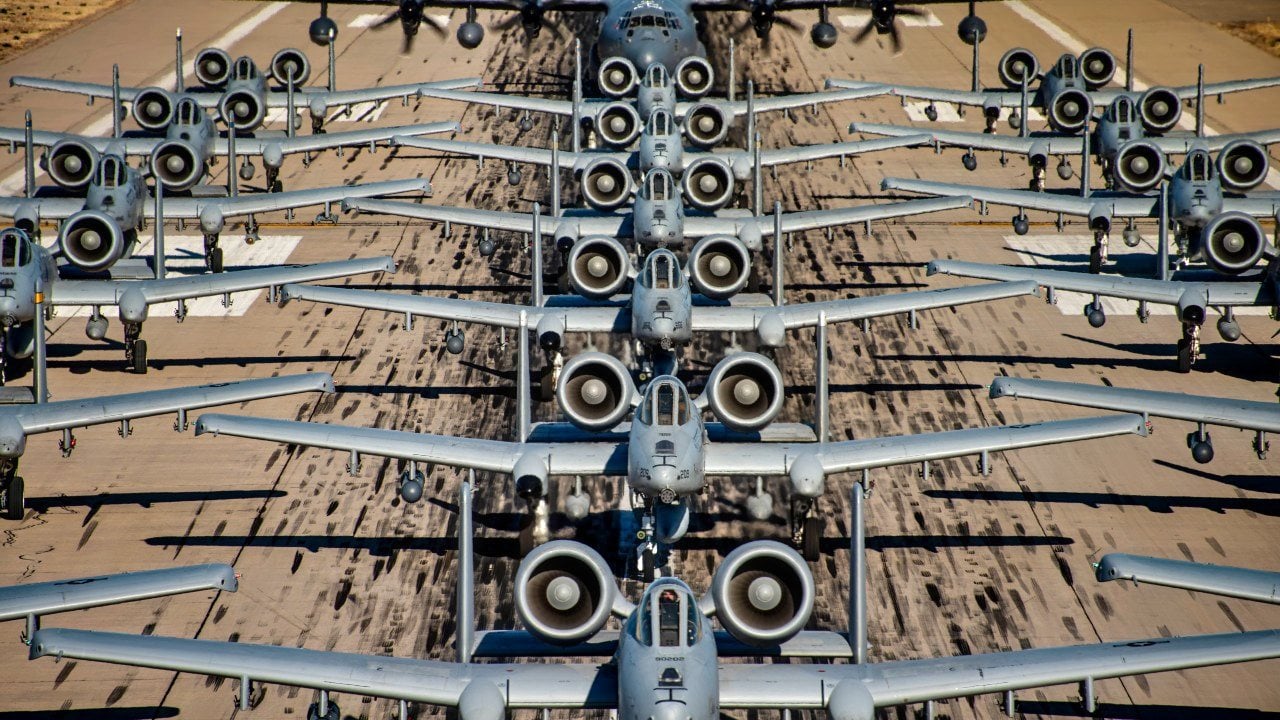
Nicknamed the “titanium bathtub,” the A-10 is arguably one of the greatest close-air support jets ever manufactured. Its vast array of ordnance includes the GAU-8/A Avenger Gatling gun, which is capable of firing high explosive incendiary rounds and armor piercing incendiary rounds alike.
F-16 Fighting Falcon
For nearly four decades, the F-16 Fighting Falcon has remained a critical component of the Air Force’s fighter fleet. Thanks to the platform’s superior combat radius, the fourth-generation jet is capable of staying in the air for longer periods than its near-peers.
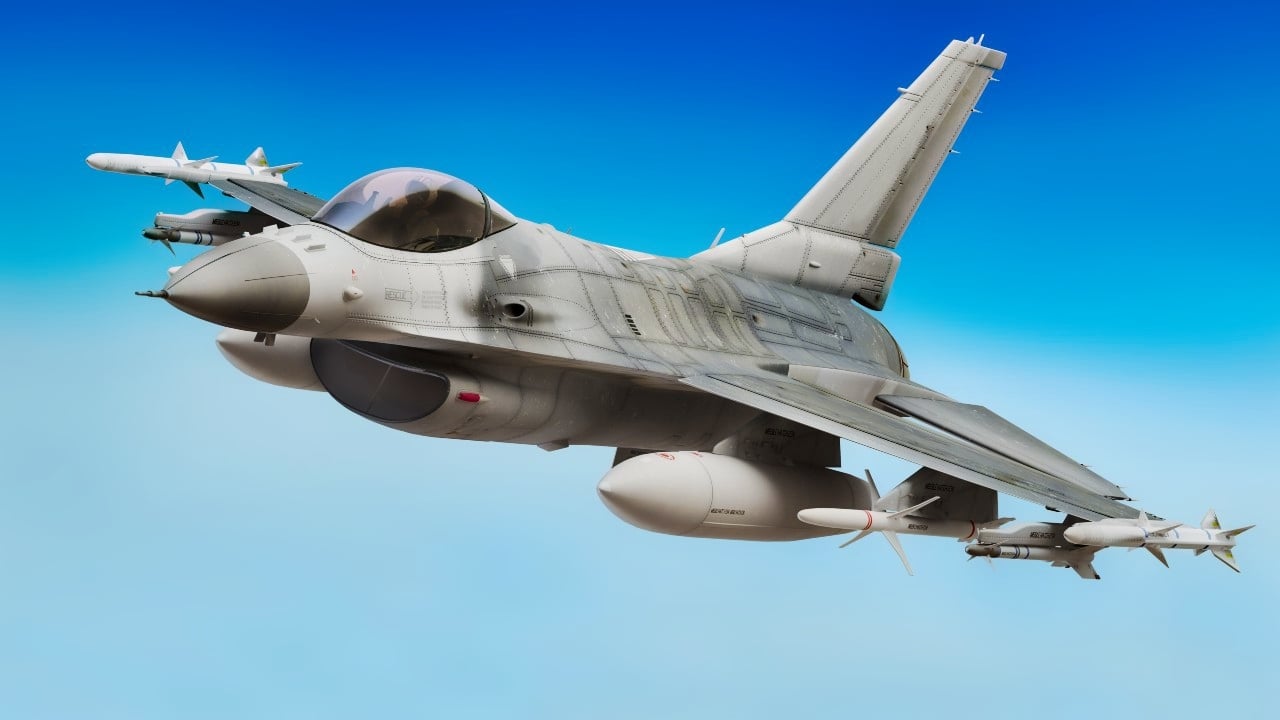
In terms of armaments, the Fighting Falcon can pack a punch. The fighter possesses nine hardpoints which can carry an array of air-to-air missiles, the AIM-9 Sidewinder, Raytheon AMRAAM, and Raytheon Sparrow.
F-15 Eagle
The McDonnell Douglas F-15 Eagle has served the Air Force for nearly half a century. The twin-engine, all-weather aircraft was initially planned as a pure air superiority fighter, but the platform proved flexible with a secondary ground-attack capability.
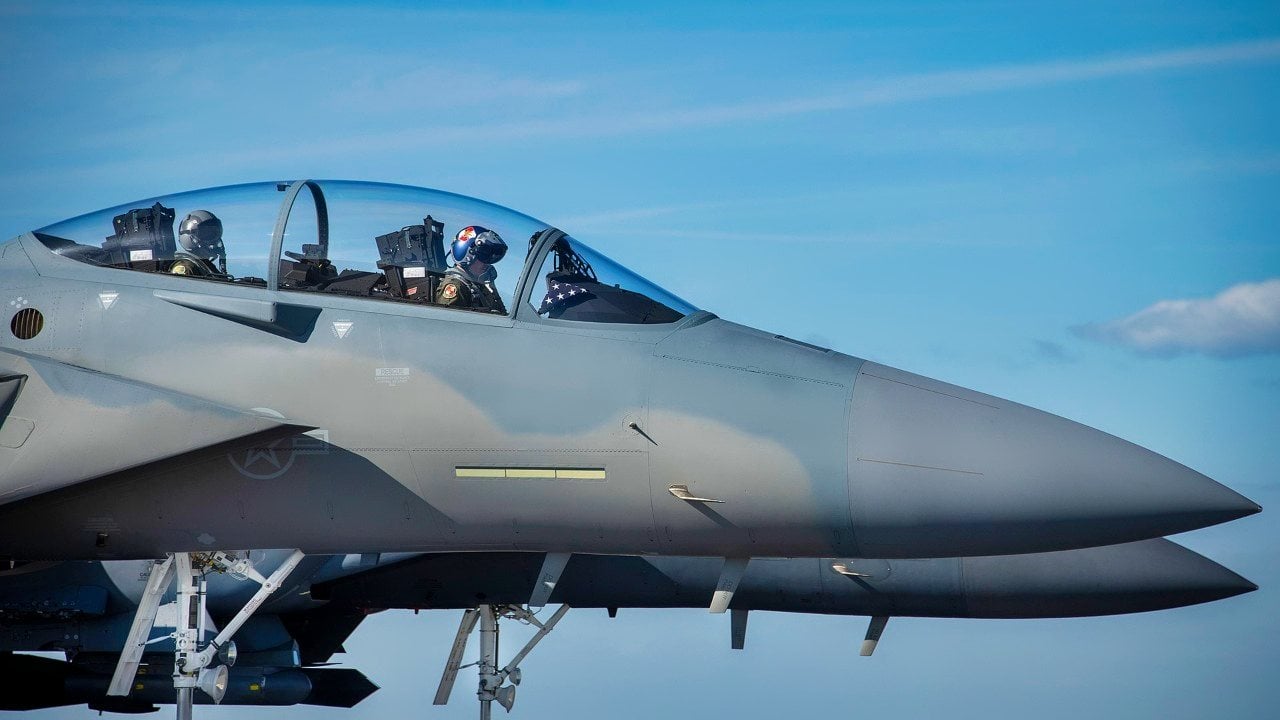
While the original F-15 is aging, the latest iteration of the platform will be hard to outmatch in the skies. The F-15EX II features enhanced avionics, armaments, and electronic warfare systems that make it relevant in the modern era. Notably, the Eagle II can carry a staggering 13.6 tons of weapons and has already broken records for quantity and tonnage of weapons carried.
About the Author: Defense Expert Maya Carlin
Maya Carlin, National Security Writer with The National Interest, is an analyst with the Center for Security Policy and a former Anna Sobol Levy Fellow at IDC Herzliya in Israel. She has by-lines in many publications, including The National Interest, Jerusalem Post, and Times of Israel. You can follow her on Twitter: @MayaCarlin.
All images are Creative Commons or Shutterstock.
From the Vault
Russia Freaked Out: Why the U.S. Navy 'Unretired' the Iowa-Class Battleships
Battleship vs. Battlecruiser: Iowa-Class vs. Russia's Kirov-Class (Who Wins?)
